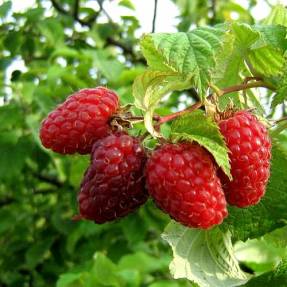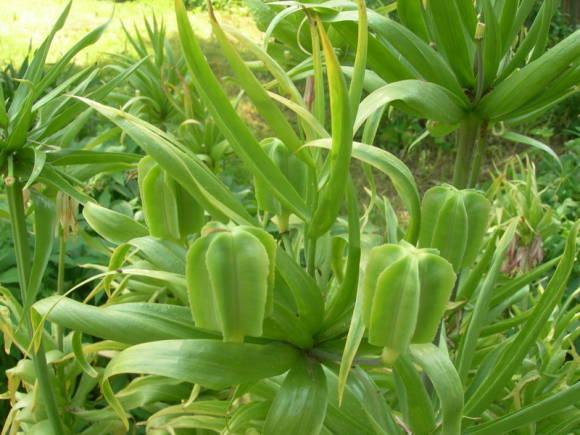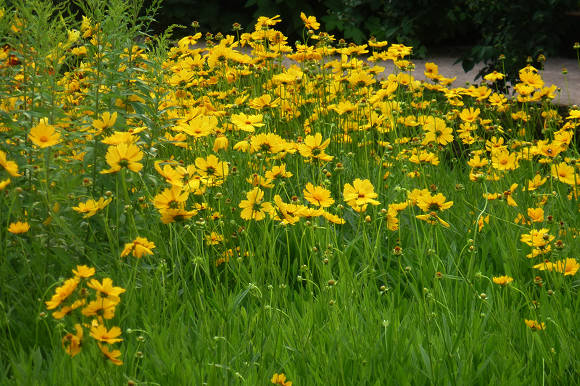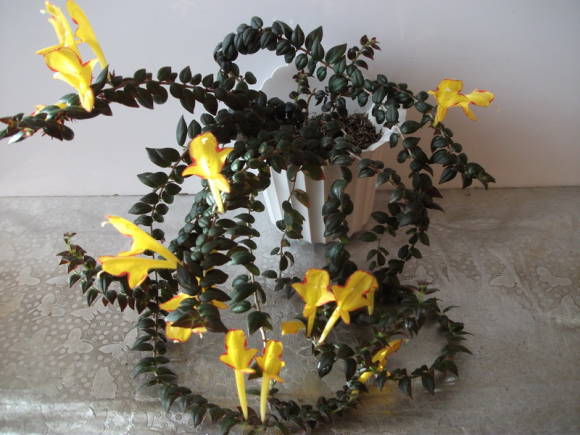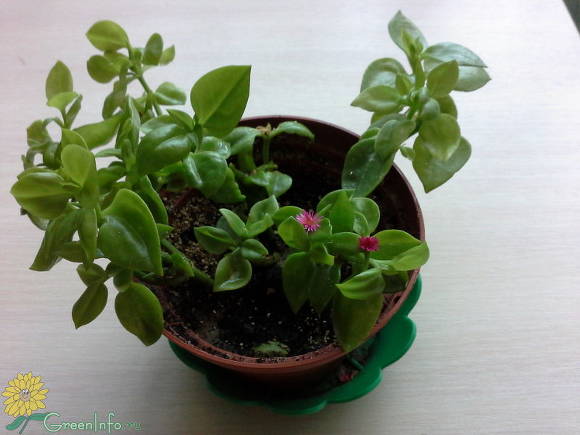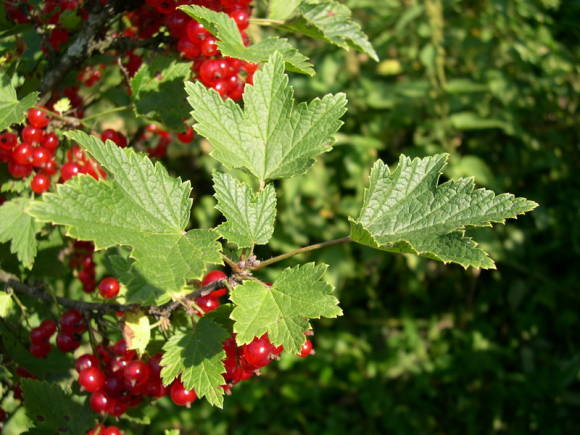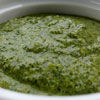Genus Willow(Salix) is very extensive, its taxonomy is so confusing that the exact number of species varies greatly. According to some information, their number reaches 300. Representatives of this numerous and unorganized genus are found in Europe, Asia, North America. As a rule, they all prefer humid habitats. These are dioecious trees or shrubs, with elongated and, depending on the species, pubescent or non-pubescent leaves. Botanical inaccuracies in the definition do not interfere with actively using it both in ornamental gardening and in medicine. Naturally, not all types are used in scientific medicine, but those that are studied in laboratories around the world and are used delight pharmacists with high therapeutic activity.
In European countries, mainly brittle willow is used (S.fragilis L.), white willow (S.alba L.), purple willow (S.purpurea L.) and goat willow (S.caprea L.)... Besides them - wolf willow (S.daphnoides Villars.).
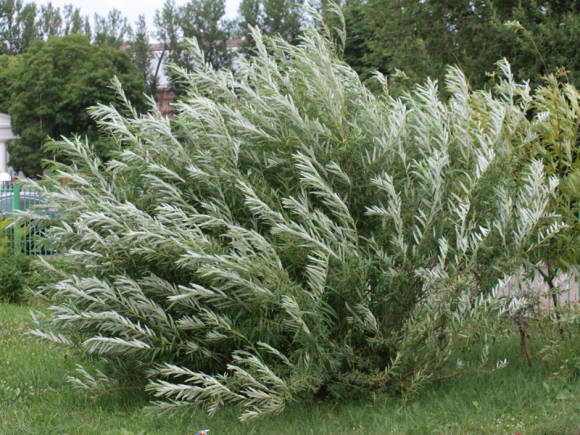
White willow or silvery(Salixalba L.) found in the temperate zone of Europe and Asia, introduced to North America and Australia. Raw material - bark, which contains phenolic glycosides (salicin, triandrin), tannins, flavonoids. In Russia, it has long been used in folk medicine for rheumatitis, neuralgia, flu, instead of quinine for malaria and as an astringent for diarrhea. In pharmacies they prepared "Willow peel extract", which was used for the diseases listed above, and for malaria, "Complex broth of the crust." Raw materials were obtained from branches not older than 5 years. Its hemostatic effect in internal bleeding was also known. Currently, phytotherapists use it for joint lesions, as well as a tonic for spring breakdown and to lower blood pressure. Homeopathy uses fresh bark for gout and rheumatism. The content of salicin derivatives in this form is small, only up to 1%. Topically used for trophic ulcers, boils, sweating of the legs.
The leaves of this willow were used to dye fabrics yellow, and the roots prepared in a certain way gave a red color when dyed.
Goat willow(Salix caprea L.) found mainly in Europe. Popular names: willow, delirium, tal, tallow bush. The leafy shoots of this species are a favorite food for goats, therefore it was called goat. It has long been believed that the willow has magical properties, protects against all kinds of troubles. In Russia, the willow is associated with Palm Sunday and subsequent Easter. The inhabitants of Jerusalem, welcoming the Savior, threw palm leaves at his feet. In our country, only willow blossoms at this time. Apparently, therefore, she was assigned the role of a palm tree. Almost all parts of the plant contain salicylic alcohol, phenol glycosides (salicin, triandrin, salicortin, salidroside), sterols, flavonoids, vitamin C (especially leaves). In the inflorescences, the female sex hormone estriol was found, which is characteristic mainly of animals. The bark contains phenolic glycosides, phenol carboxylic acids, flavonoids, tannins, flavonoids, tannins. Application in folk medicine - as in the previous type. Goat willow is a good early honey plant, yields up to 100-150 kg of honey per hectare, honey is golden-yellow, of high quality.
 |  |  |
Willow brittle(Salix fragilis L.) grows in Europe and Western Asia. Contains phenolic glycosides with the main 2-O-acetylsalicortin (1-8%), tremulacin (2-O-Acetylsalicin), frazhilin, salicortin. It also contains polyanthocyanidins. The content of salicin derivatives is 1-10% in the bark and 0-2% in the leaves.
Purple willow (Salixpurpurea L.) found in North Africa, Europe, South and Central Asia. Brought to North America. This species is included in the European Pharmacopoeia. The bark contains 4-8% phenolic glycosides, including salicortin as the main one. The content of salicin derivatives is 3-9% in the bark and 4-7% in the leaves.
In addition, there are flavonoids with chalcone isosalipuppuroside, as well as naringin-5-glucoside and naringin-7-glucoside, eriodictyol-7-glucoside, free (+) - catechin (about 1%), polycyanidins (about 0.5%). It is used for colds, fever, rheumatism, headache, traditional medicine is used for neuralgia and internal bleeding, gastrointestinal disorders, for wound healing. It is applied in the form infusion: 2-3 g of raw material x 3 times a day (1 teaspoon equals 1.5 g of raw material). In addition to the bark, leaves are also included in the European Pharmacopoeia. They contain up to 6% phenolic glycosides, mainly salicortin and tremulacin. In addition, the flavonoids naringin-7-glucoside, eriodictyol-7-glucoside (about 4%), free polyanthocyanidins (about 3%). Used similarly to bark. In homeopathy, fresh bark is used for digestive disorders and diarrhea.
Willow (Salix viminalis L.) found in Europe and Asia. From ancient times, baskets have been woven from its branches, and its flowers are used in Bach's flower elixirs.
This willow has been used since ancient times as an antipyretic agent, as well as a remedy for gout and rheumatism. Dioscorides knew about the use of willow, and he used not only bark, but also leaves, flowers and juice. In the Middle Ages, it was especially popular. In the herbalists of the 6th-7th centuries, it is recommended as an antipyretic and for foot baths for aches and lameness.
Willow(SalixpentandraL) - is popularly known as black, black-eyed. In the Far East, bark and leaves have long been used as an anti-inflammatory, including in gynecological practice, and a diuretic.
Wolf willow, or daphnid(Salixdaphnoides Villars.) found in Europe, Southern Scandinavia, the Alps. The raw material is whole or crushed bark of young branches. Active ingredients: phenolic glycosides, including salicortin (3-11%), tremulacin (1.5%), salicin (up to 1%). In addition, flavonoids (isoslipurposide about 0.5%), chalcones, as well as naringin-5-glucoside and naringin-7-glucoside, which impart bitterness, and catechin (0.5%).
For willow bark there is a positive article of the Commission E (Germany) and ESCOP (European Union). Moreover, the articles do not specify the types of willow, but the minimum salicin content is stipulated, not less than 1.5%. Therefore, in foreign pharmacological scientific articles it is often not clear which particular botanical species is being discussed. With us, fortunately, everything is more specific.
The bark is harvested in early spring, during the period of sap flow, when it is easily separated from the wood. It is better to harvest the leaf in the first half of summer.
In addition, pharmacological studies have been carried out for other willow species. Male (M) and female (F) clones of I. tretychinkova (Salix triandra L. f. concolor and S. triandra L. f. discolor), I. white (S. alba L.), I. goat (S. caprea L.), I. ashy (S. cinerea L.), I. basket (S. viminalis L.), I. woolly shoot (S. dasyclados Wimm.), I. holly (S. acutifolia Willd.), I. dewy (S. rorida Laksh.) Belonging to different sections of the genus Salix.
According to the content of polyphenolic compounds, willows are located in the following groups (type - M-F):
1 - low content, within 30 mg / g of air-dry raw materials (S. dasyclados - 27,7-23,5);
2 - average content, 30-50 mg / g (S. alba - 39,6-39,4; S. caprea - 39,3 - 40,4; S. cinerea -35,6- 30,4; S. viminalis - 46,6 -47,0; S. rorida - 42,0 -40,3);
3 - high content, above 50 mg / g (S. triandra f. Concolor - 44.4-38.5; S. triandra f. Discolor - 63.2-58.4; S. acutifolia - 74.3-66 ,5). It should be noted that the content of polyphenolic compounds in the leaves of male and female clones differs within 0.9-15.2%.
The highest content of polyphenolic compounds was found inS. triandra f. concolor, S. triandra f. discolor and S. acutifolia.
In the total preparations prepared from the leaves of these willows, flavonols (quercetin, isoramnecin, kaempferol, rutin) and flavones (apigenin, luteolin, luteolin-7-glucoside) predominate. Flavonoid compounds of leaves S. triandra f. concolor, S. triandra f. discolor and S. acutifolia, which determine the pharmacological properties of the secreted biological products, belong to the classes of flavones and flavonoids. In the leaves of S. triandra, flavonols predominate in quantitative terms (quercetin and its glycosides - up to 40% rel.), And in the leaves S. acutifolia - flavones (luteolin and luteolin-7-glucoside - up to 33% rel.)

So what is it that heals?
It so happened that salicin was isolated from willow bark for the first time. History is silent about which species, but the chemical compound received a name derived from the Latin name of the willow genus - Salix... When the sugar residue was separated, salicylic acid was obtained. Its derivatives are quite widespread in plants, for example, they are found in the duck peony and in the meadowsweet. They play an essential role in the healing effect of these and many other plants.
Willow bark can contain from 1.5 to 11% salicin derivatives, which both quantitatively and qualitatively differ depending on the species. Salicin in the intestine, under the influence of microflora, cleaves off a glucose molecule and in the liver, as a result of oxidation, turns into salicylic acid. Therefore, unlike aspirin, there is no irritating effect in the stomach. The duration of action reaches 8 hours. In addition, 8-20% tannins are present, as well as flavonoids (salipurpuzid) and phenolic compounds.
Salicin inhibits cyclooxygenase and lipoxygenase and reduces the amount of prostaglandins E1 and E2 formed in inflamed tissues. Hence the analgesic, anti-inflammatory and antipyretic action is manifested. Suppression of the release of cartilage-destroying cytokinins, which are secreted in excess by the body in rheumatoid polyarthritis, is also discussed.
Suppression of platelet agglutination is the same as that of acetylsalicylic acid (or, more simply, anticoagulant action), bark extractwillow was not observed! The mobile acetyl group is responsible for the suppression of thromboxane-B2-synthesis, which is responsible for platelet aggregation in acetylsalicylic acid.
Other components also have pharmacological activity. Polyphenols exhibit antioxidant activity and bind free radicals. So the more, the better. Thanks to the action of tannins, willow bark has a strengthening effect in case of indigestion, and when applied externally, it promotes rapid healing of wounds.
Flavonoids are anti-inflammatory. In addition, naringin in the bark of willow has a bitter taste. This compound gives bitterness to citrus peels and has P-vitamin activity, but at the same time stimulates appetite in asthenic conditions and loss of strength.
From the above it follows that there are many useful willows, and it is not at all necessary to use white willow, which is most often mentioned in our phytotherapeutic literature. And also, in addition to the bark, you should pay attention to the leaves - not so bitter, but salicylates are also present.

Aspirin may not be needed
Willows were used as an anti-inflammatory agent in ancient Egypt, and antirheumatic by doctors from Hippocrates to Galen. The first clinical trial of willow bark as an antirheumatic agent was conducted by the English country priest Edward Stone in 1763.
Currently, it is considered as a remedy similar to the action of non-steroidal anti-inflammatory drugs, primarily acetylsalicylic acid. And given that the production of aspirin in the world exceeds 50 tons, the field for the use of willow preparations is very extensive. Indications for use: colds with fever, headaches, chronic rheumatic diseases, as well as inflammation caused by these diseases. It is used for chronic back pain, gout, cox- and gonarthrosis.
The average daily intake of bark for an adult is 10-12 g, which is 60-120 mg of salicin. For the treatment of headache, the dose should be increased to 180-240 mg of salicin per day. It is possible to use this plant for children with a corresponding dose reduction: up to 4 years old - 5-10 mg of salicin, up to 10 years old - 10-20 mg, up to 16 years old - 20-40 mg.
Side effects usually absent. Tannins can provoke an exacerbation of gastrointestinal diseases.
Contraindications: intolerance to salicylic acid derivatives. This is rare, but alas, it occurs. In addition, willow preparations are usually not used for pregnant women and during breastfeeding.
Dosage forms: teas, infusions, decoctions, tinctures, powders. And finally - recipes!
Healing recipes from willows
Willow bark infusion: 1 tablespoon of willow bark in 2 cups of boiling water. Insist 6 hours in a thermos. The infusion is drunk in 3 doses 20-40 minutes before meals.
Willow Bark Powder take 1 g 3 times a day before meals for colds and rheumatoid diseases.
Willow bark decoction 2 tablespoons to 2 glasses of water. Simmer for 15-20 minutes. Take 1-2 tablespoons 3 times a day. This broth is also used for external use, in particular for foot baths with excessive sweating. Besides. foot baths from a decoction of the bark are also recommended for varicose veins. With this broth for hair loss, rinse the head after washing. If you cook 2-3 times more of such a decoction, strain it and add it to a warm bath, then muscle fatigue is well eliminated.
